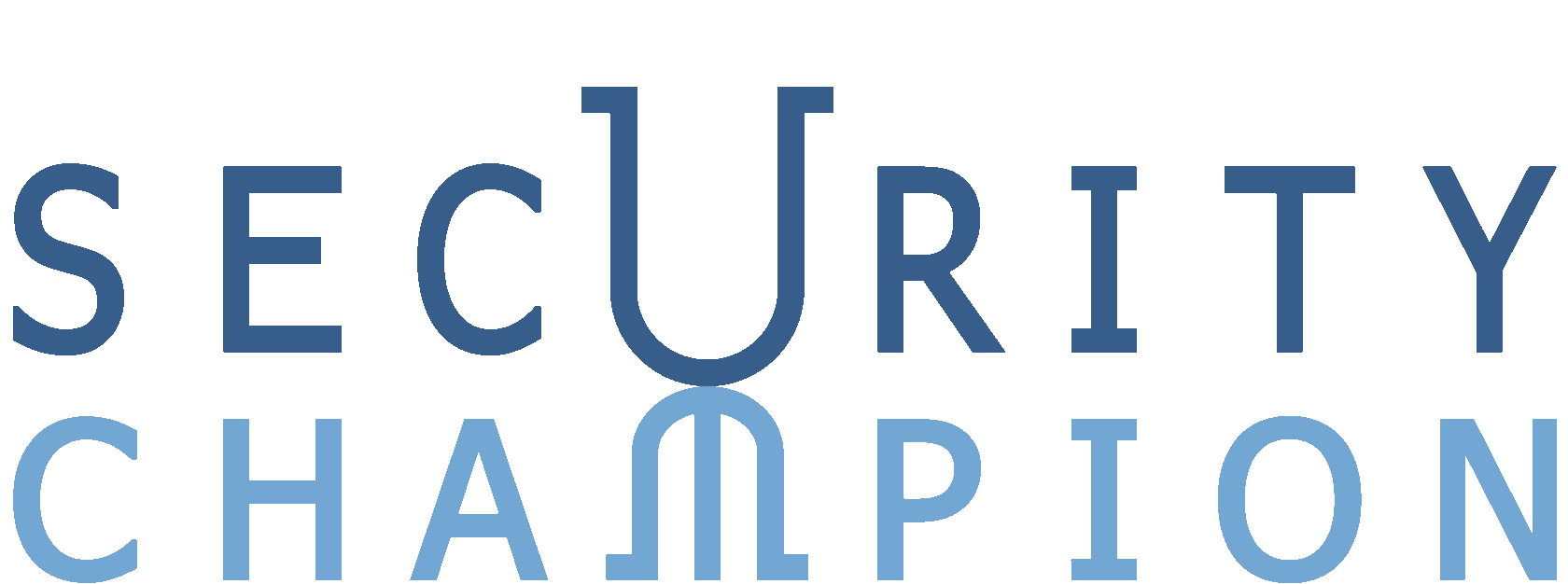Just type your contacts
Just type your contacts
You accept the privacy policy by submitting the form.
Just type your contacts
You accept the privacy policy by submitting the form.
Cybersecurity in the Healthcare: Spear Phishing and Data Breaches Amidst Growing Cybercrime
Cybersecurity in the Healthcare: Spear Phishing and Data Breaches Amidst Growing Cybercrime
Cybersecurity in the Healthcare: Spear Phishing and Data Breaches Amidst Growing Cybercrime

Let's look at examples of incidents that have occurred in the Healthcare industry.
- Incident 1
- Incident 2
- Incident 3
- Incident 4
What Are the Worst Consequences of a Healthcare Company Being Hacked Through Phishing?
What Are the Worst Consequences of a Healthcare Company Being Hacked Through Phishing?
1. Compromise of Sensitive Patient Data
- Identity Theft: Stolen personal information such as social security numbers and health insurance details can lead to fraudulent activities.
- Financial Fraud: Attackers may use compromised data to commit financial crimes or obtain unauthorized medical care.
2. Potential for Loss of Life
- Access to Medical Records: Attackers could misuse medical records, potentially leading to harmful consequences if critical information is exploited.
3. Data Theft and Illegal Use
- Obtaining Free Medical Care: Attackers may use stolen information to access medical services fraudulently.
- Blackmail: Victims might be threatened or blackmailed using their stolen personal and medical information.
4. Sale of Stolen Data
- Dark Web Transactions: Stolen data might be sold on the dark web, resulting in significant financial damage to both the healthcare organization and the individuals affected.
5. Reputational Damage
- Loss of Patient Trust: A data breach can erode public confidence in the healthcare provider's ability to safeguard sensitive information.
This list captures the major risks and consequences of a phishing attack on a healthcare organization.
- Identity Theft: Stolen personal information such as social security numbers and health insurance details can lead to fraudulent activities.
- Financial Fraud: Attackers may use compromised data to commit financial crimes or obtain unauthorized medical care.
2. Potential for Loss of Life
- Access to Medical Records: Attackers could misuse medical records, potentially leading to harmful consequences if critical information is exploited.
3. Data Theft and Illegal Use
- Obtaining Free Medical Care: Attackers may use stolen information to access medical services fraudulently.
- Blackmail: Victims might be threatened or blackmailed using their stolen personal and medical information.
4. Sale of Stolen Data
- Dark Web Transactions: Stolen data might be sold on the dark web, resulting in significant financial damage to both the healthcare organization and the individuals affected.
5. Reputational Damage
- Loss of Patient Trust: A data breach can erode public confidence in the healthcare provider's ability to safeguard sensitive information.
This list captures the major risks and consequences of a phishing attack on a healthcare organization.
Links to cases of hacking of organizations using phishing in the Healthcare industry
Links to cases of hacking of organizations using phishing in the Healthcare industry
https://www.hipaaguide.net/examples-of-phishing-attacks/
https://www.social-engineer.com/phishing-attacks-targeting-healthcare-organizations-social-engineering-news/
https://www.hipaajournal.com/saint-agnes-healthcare-hack-exposes-25000-hipaa-records-5663/
https://www.social-engineer.com/phishing-attacks-targeting-healthcare-organizations-social-engineering-news/
https://www.hipaajournal.com/saint-agnes-healthcare-hack-exposes-25000-hipaa-records-5663/
Links with phishing threats in other industries:
Links with phishing threats in other industries:
Cybersecurity in Insurance
Cybersecurity in Education
Cybersecurity in Education

